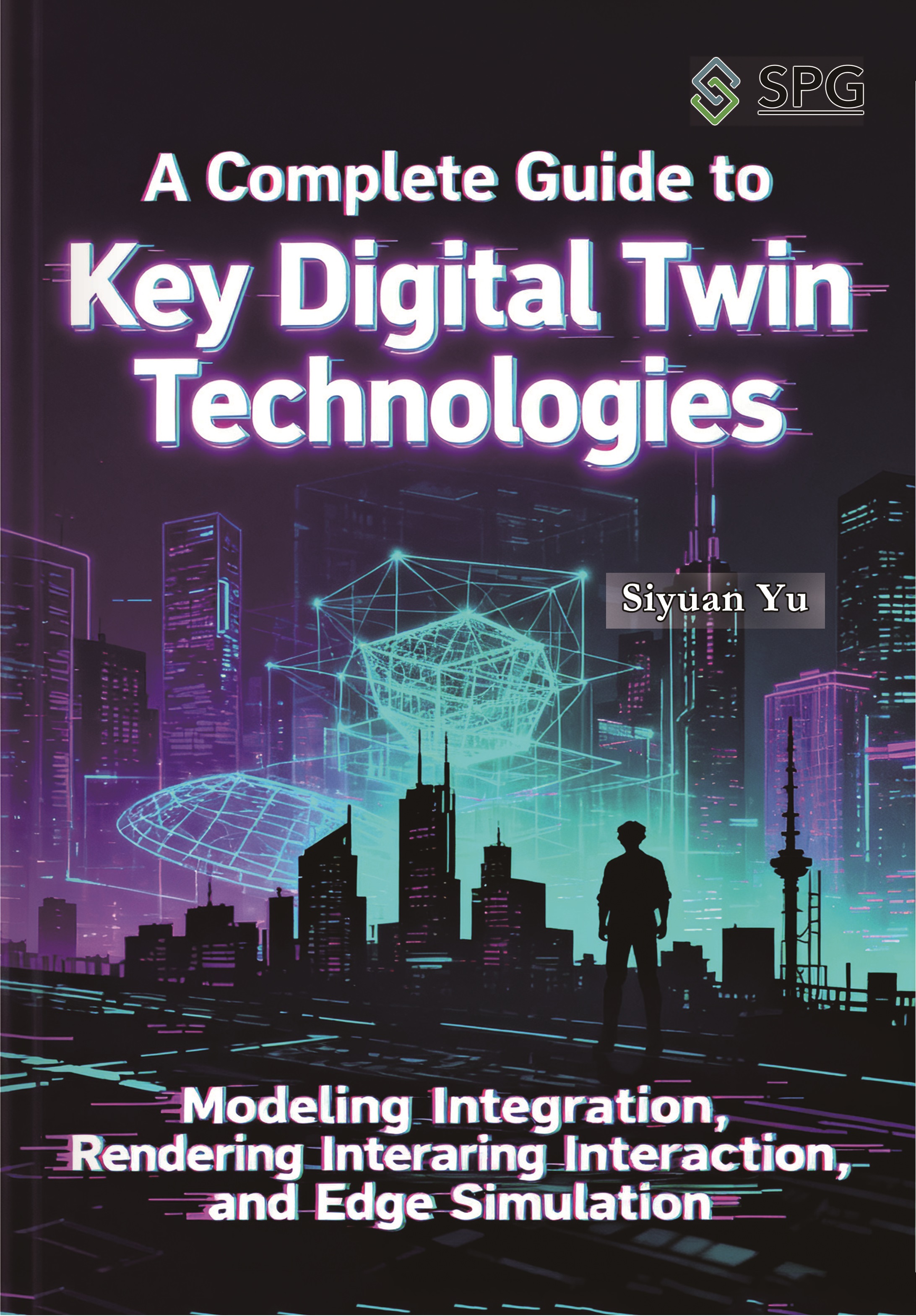
A Complete Guide to Key Digital Twin Technologies: Modeling Integration, Rendering Interaction, and Edge Simulation
Published Date: September 28th 2025
Page Length: 814
Language: English
ISBN: 978-1-80053-586-2
Price: £80.30
Introduction
DOI: 10.38007/978-1-80053-586-2
With the rapid development of information technology and the deepening digital transformation of various industries, digital twin technology is also constantly evolving and innovating. Continuous breakthroughs in simulation technology enable digital twin models to more realistically and meticulously simulate the behavior and performance of physical entities in complex environments. The increasing richness of data sources, such as the massive real-time data generated by IoT devices and user behavior data on social media, provides more comprehensive and diverse information input for digital twin systems, further improving the accuracy of models and the scientific nature of decision-making. Strengthened interoperability promotes data sharing and collaboration between different digital twin systems and between digital twin systems and other enterprise information systems, breaking down information silos and achieving a wider range of resource optimization and business collaborative innovation. Advances in visualization technology, such as the increasing maturity and popularization of VR, AR, and MR technologies, provide users with a more immersive and interactive experience, making the application of digital twin systems more convenient and efficient. The coordinated development of these technologies has not only improved the accuracy and efficiency of digital twins, but also greatly expanded their application areas and scenarios, bringing unprecedented business value and decision-making capabilities to all walks of life, and promoting digital twin technology from theoretical research to widespread practical application, becoming one of the core technologies leading future digital development.